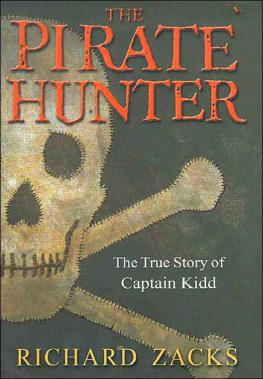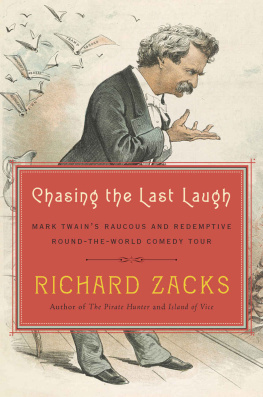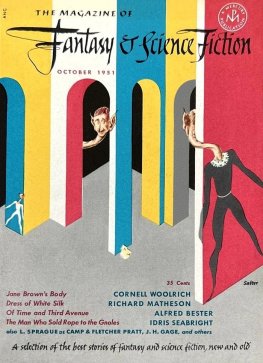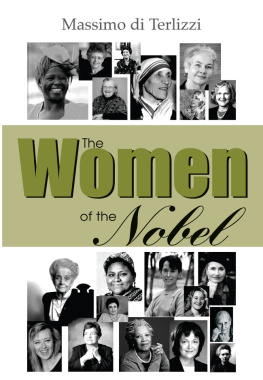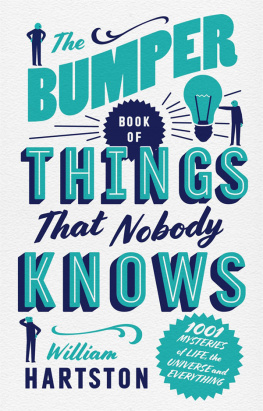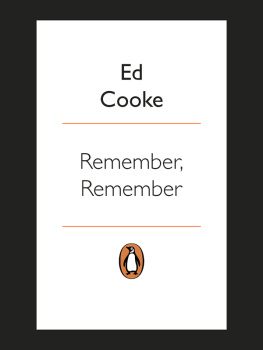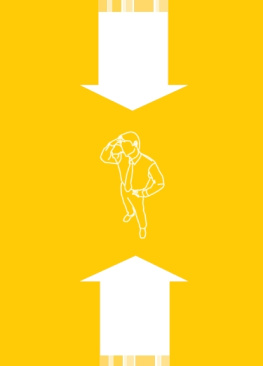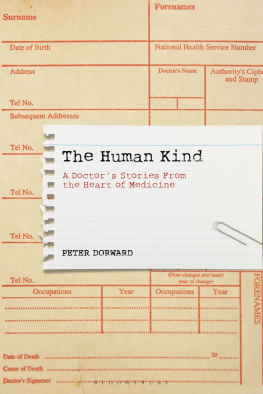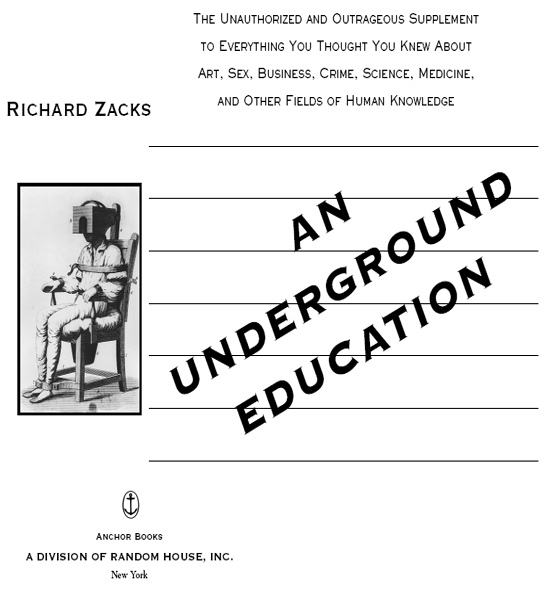A LSO BY R ICHARD Z ACKS
HISTORY LAID BARE:
L OVE , S EX, AND P ERVERSITY FROM THE A NCIENT E TRUSCANS TO W ARREN G. H ARDING
F OR CIGAR-CHOMPING, SLEIGH-RIDING H ERMAN Z ACKS
(190796)
CONTENTS
INTRODUCTION
I flunked nude figure drawing in college, and that was the most liberating moment in my education. Up to my junior year at the University of Michigan, I am forced to admit that I had always tried to get As, that I had accepted the basic agenda of academia.
But something happened that year. I started putting wise-guy captions on the bottoms of those poorly drawn nudes, as in Caesar would have never slept here. I translated the most scatological passages in Chaucer. I went off to study Italian at the University of Perugia and wound up spending all my time in the streets, learning the language of Dante from a drunken, out-of-work Japanese tailor. To put it indelicately, I didnt have to worry about learning to roll my Rs: There werent any Rs.
And I started to fashion my own education, studying French, Italian, Arabic, and Greek. I read Homers Odyssey in the original and then spoofed the metrical analysis assignment given me by my professor. I read Baudelaire in French and my love life improved. And that period of postadolescent rebellion was when this book was truly hatched.
I dont know about you, but I often feel deeply unsatisfied after reading an item in an encyclopedia, any encyclopedia from Britannica to Encarta. Sure, Ive been told most everything Im supposed to know about the person or event. And thats just the point. Theres rarely anything Im not supposed to know, anything quirky or surprising.
Or take textbooks. History always follows such a logical progression of battles and treaties, of great men and women.
Remember that first snippet you read about Thomas Edison? No doubt it told you about the geniuss invention of the electric light, phonograph, and motion pictures, but did it mention Edisons share in building the first electric chair or his brutal feud with George Westinghouse that almost led to a duel by electric jolts? I didnt think so.
This book aims to begin where most encyclopedias and textbooks stop, to act as a kind of unauthorized supplement. Almost every time I read about the past, I find the approach far too logical, far too orderly, far too narrow. History is messy.
Napoleon lost the battle of Waterloo. Historians can cite a hundred different reasons but they rarely include the little mans hemorrhoids flaring up, which prevented this brilliant strategist from riding out and surveying the troops. Am I saying that Napoleons painful derriere changed the course of history. Sure, why not? Emphasizing the human side, the uncouth little truths tend to make textbook writers nervous. The past no longer flows from battle to battle, from age to age with a logic that will lull you like the ticking of a classroom clock.
Well, lets serve up the messiness, the roguish surprises, and lets also expand the agenda to include bathrooms, underwear, cannibal feasts, forgotten criminals.
Yes, this is a book gloriously into its anecdotage, ready at a moments notice to detour to meet Pope Alexander VIs mistress or track the medieval relic quest for Jesus foreskin. But you know what? If you follow along these two hundred or so stories, each firmly grounded in context, a surprising thing might happen to you. These disparate tales will hopefully fuse to reinvent the past for you in a way that plodding histories cannot.
You will be served up brand new takes on crime, medicine, religion, business, sex, everyday life, politics. You will see great men and women taken off their pedestals. The Medicine section, for instance, focuses on the often wretched state of medical care prior to the 20th century. Why dont we know more about this? Its as though some sort of professional courtesy exists; never mentioned are the blizzard of useless enemas ordered up by Renaissance doctors or all the unsterilized hands reaching into the Civil War soldier boys and killing them.
I have to tell you how muchdespite the long hours and dead endsI enjoyed discovering this material, expanding my own education. I was sitting in the rare book room at the New York Academy of Medicine and I stumbled on an article in a French journal from 1743 on sexual accidents. I started muttering, You cant make this stuff up! The scholars around me looked on in alarm.
I hope you find this material provocative. I hope it expands your view of the past; I hope it fleshes out our ancestors; I hope it amuses you.
Knowledge does not have to be serious.
When Sigmund Freud was filling out his exit visa to leave Germany in 1938, he wrote on a form. I can heartily recommend the Gestapo to anyone.
And Mark Twain, when he was being interrogated in court, suing to get his money back from some start-up company, said, They told me I could get in on the ground floor, only there wasnt any ground floor.
Those scholars shushed me in that rare book room, but Im pleased now to share these stories loud and clear with you.
One final note: An Underground Education is divided into ten major categories, i.e., chapters. (All sources, for you skeptics, are carefully listed in the back; I sought out primary sources wherever possible.) You can leapfrog about if you like, but I strongly recommend you read each chapter as a whole, from beginning to end. Theres a method here, following natural curiosity. Bra coverage leads to breastfeeding; relics segue to cults; common knowledge precedes uncommon knowledge.
ARTS & LITERATURE
THE ORIGINAL GRIMMER FAIRY TALES
The children are safely tucked in bed; a light breeze blows in through the window; Mom hushes them and begins to tell a sweet tale of children being abandoned in the woods, lured to a witchs cottage, there to be fattened and roasted in an oven. Medium-rare.
Critics have long complained about the violent content of some of the classic fairy tales we read our children. However, what few of these critics realize is that we are reading watered down versions of the fairy tales, and that the originals were far more graphic and brutal.
Sleeping Beauty was not first awakened by a kiss; in the 1636 Italian version of the talethe first known written versionshe was raped by a man who rode off the next morning without leaving even a Dear Sleeping Beauty note. Her morning after came nine months later when she awoke to find herself the proud mother of twins.
Goldilocks was originally an old crone impaled by three angry bears on the steeple of St. Pauls Cathedral. A Scottish Cinderella features the desperate stepmother hacking off the heel and toes of her daughters so the slipper will fit. As for Snow White, lets just say for now theres more to that story about the queen wanting her heart.
By now you might be asking: How did anyone ever tell these stories to kids?
Folklorists explain that classic fairy tales grew out of an oral tradition, of adults telling children and other adults stories they had heard themselves. And in pre-Victorian times, in Europe, children were often not treated like, well, children, but rather shortstop adults, a handful of years away from their own teenage wedding night. Cramped living quarters gave junior a front row seat for drunkenness, debauchery, and violence, not to mention a view of bloody-fingered Mom in the kitchen skinning and gutting dinner.


